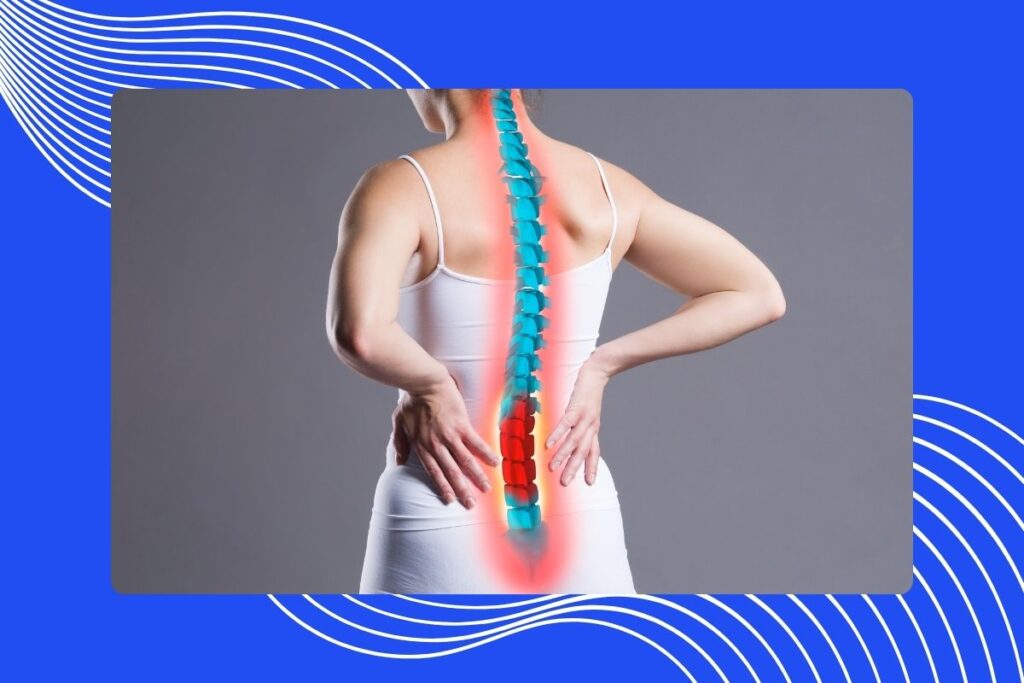The opioid crisis has cast a shadow over pain management practices, highlighting the urgent need for safer, effective alternatives. With millions of people struggling with chronic pain, finding methods to alleviate discomfort without the risks associated with opioids has become crucial. This blog delves into various non-opioid pain management techniques that promise relief and a better quality of life without the downsides of opioid dependency.
Understanding Pain Management
Pain management involves a comprehensive approach to reducing and controlling pain to improve a patient’s quality of life. It encompasses a range of therapies designed to alleviate pain, from medication to physical and psychological treatments.
The Opioid Crisis
The opioid epidemic has shown the severe consequences of opioid misuse, including addiction, overdose, and death. Opioids, while effective for acute pain, carry significant risks when used long-term. This crisis underscores the necessity for alternative pain management strategies that do not involve opioids.
Need for Alternatives
Non-opioid pain management options are essential to mitigate the risks of opioid dependency and overdose. These alternatives offer diverse approaches tailored to individual needs, providing effective pain relief without the associated dangers of opioid use.
Non-Opioid Pain Management Techniques
1. Physical Therapy
Physical therapy (PT) is a key part of non-opioid pain management. It involves exercises and hands-on techniques to improve mobility, strengthen muscles, and alleviate pain. PT helps patients regain function, reduce pain, and prevent future injuries by enhancing strength and flexibility through techniques such as stretching, strength training, manual therapy, and electrotherapy.
2. Mind-Body Techniques
Mind-body techniques address the psychological aspects of pain, offering effective strategies to manage and reduce pain perception.
- Cognitive Behavioral Therapy (CBT): CBT helps patients reframe negative thought patterns and develop coping strategies to manage pain.
- Meditation and Mindfulness: These practices enhance awareness and acceptance, helping individuals manage pain by focusing on the present moment.
- Biofeedback: This technique involves using electronic devices to monitor physiological functions, teaching patients to control these functions to reduce pain.
3. Alternative and Complementary Therapies
Alternative therapies provide additional options for pain relief, often used in conjunction with conventional treatments.
- Acupuncture: An ancient Chinese practice involving the insertion of thin needles into specific points on the body to alleviate pain.
- Chiropractic Care: Chiropractic adjustments align the spine and improve nerve function to reduce pain.
- Massage Therapy: Massage helps relax muscles, improve circulation, and reduce pain and stress.
4. Medications
Non-opioid medications are often used to manage pain, providing relief without the risks associated with opioids.
- Non-Opioid Medications: NSAIDs (e.g., ibuprofen), acetaminophen, and antidepressants can effectively manage pain.
- Topical Treatments: Gels, creams, and patches applied directly to the skin provide localized pain relief.
- Adjuvant Medications: Drugs such as anticonvulsants, typically used for other conditions, can also help manage pain.
Innovative Pain Management Approaches
Interventional Pain Management
Interventional techniques involve minimally invasive procedures that target specific pain sources.
- Nerve Blocks: Injections that interrupt pain signals from specific nerves, providing temporary or long-term relief.
- Epidural Steroid Injections: Steroid injections into the epidural space reduce inflammation and pain, especially for spinal issues.
Regenerative Medicine
Regenerative therapies aim to heal and regenerate damaged tissues, offering long-term pain relief.
- Platelet-Rich Plasma (PRP): PRP injections use the patient’s own blood components to promote healing and reduce pain.
- Stem Cell Therapy: Stem cells can regenerate damaged tissues, providing relief for conditions like osteoarthritis and tendon injuries.
Neuromodulation
Neuromodulation techniques involve electrical stimulation to modify pain signals before they reach the brain.
- Spinal Cord Stimulation: Implantable devices deliver electrical impulses to the spinal cord, altering pain perception.
- Peripheral Nerve Stimulation: Similar to spinal cord stimulation, but targeting specific peripheral nerves to reduce pain.
Lifestyle Modifications
Exercise and Physical Activity
Regular exercise is crucial for managing chronic pain and improving strength, flexibility, and overall health. Low-impact activities like swimming, walking, and yoga are particularly effective for pain management.
Diet and Nutrition
A balanced diet can reduce inflammation and support overall health, aiding in pain management. Foods rich in omega-3 fatty acids, antioxidants, and fiber are effective in reducing inflammation and pain.
Sleep Hygiene
Good sleep is essential for pain management, as poor sleep can exacerbate pain. Maintaining a regular sleep schedule, creating a restful environment, and practicing relaxation techniques before bed can improve sleep quality and help manage pain.
Stress Management
Chronic pain and stress are often linked, making stress management crucial for pain relief. Techniques such as deep breathing, progressive muscle relaxation, and engaging in relaxing hobbies can help manage stress and reduce pain.
Key Takeaways
Pain management without opioids is not only possible but also highly effective. By exploring a variety of non-opioid techniques, individuals can find personalized solutions that alleviate pain and improve their quality of life. If you’re struggling with pain, consult with a pain management specialist to discuss these options and develop a tailored pain management plan.
FAQs
1. What are the most effective non-opioid pain management techniques?
Several non-opioid techniques are highly effective for pain management. Physical therapy is a key approach involving exercises and hands-on techniques to improve mobility and strength. Mind-body techniques like cognitive behavioral therapy (CBT), meditation, and mindfulness help manage pain by addressing its psychological aspects. Alternative therapies such as acupuncture, chiropractic care, and massage therapy provide significant relief. Additionally, non-opioid medications like NSAIDs, acetaminophen, and certain antidepressants can be effective, as well as innovative treatments like nerve blocks, PRP therapy, and spinal cord stimulation.
2. How do mind-body techniques help in managing pain?
Mind-body techniques help manage pain by focusing on the connection between the mind and the body. Cognitive Behavioral Therapy (CBT) assists patients in changing negative thought patterns and developing coping strategies, which can alter the perception of pain. Meditation and mindfulness practices enhance awareness and acceptance, reducing the emotional response to pain. Biofeedback uses electronic devices to monitor physiological functions, teaching patients to control these functions and relieve pain. These techniques can significantly decrease pain perception and improve overall well-being.
3. Are non-opioid pain management options suitable for chronic pain conditions?
Yes, non-opioid pain management options are highly suitable for chronic pain conditions. These approaches offer long-term relief without the risks associated with opioid use. Physical therapy, regular exercise, and lifestyle modifications like a balanced diet and good sleep hygiene can effectively manage chronic pain. Interventional techniques such as nerve blocks and regenerative therapies like PRP and stem cell therapy target the source of pain and promote healing. Mind-body techniques and alternative therapies provide additional support, making non-opioid options comprehensive and effective for chronic pain management.



